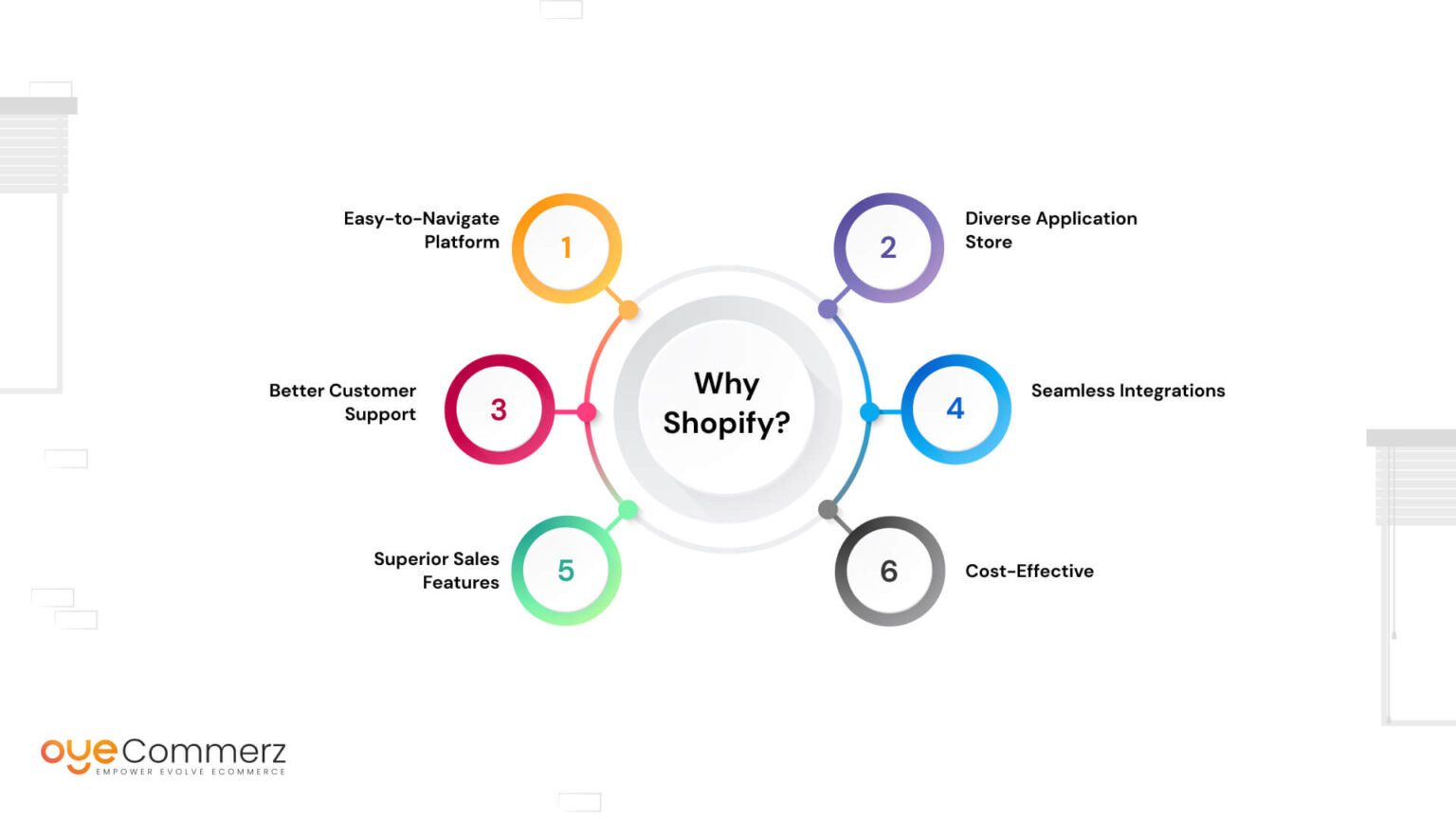Ecommerce is evolving rapidly, and selecting the right platform for your online store can determine your success. While BigCommerce offers strong features, many businesses are migrating to Shopify for its user-friendly interface, scalability, and extensive app ecosystem. This guide provides a comprehensive approach to help you migrate from BigCommerce to Shopify seamlessly, ensuring minimal disruption to your business operations.
Why Migrate from BigCommerce to Shopify?
Shopify has become a preferred choice for eCommerce entrepreneurs, boasting over millions stores globally as of 2023. Unlike BigCommerce, Shopify provides unmatched customization options, better app integrations, and a thriving support community. Moreover, Shopify's simple design simplifies the store setup process, making it a game-changer for businesses seeking a hassle-free experience.
According to a recent survey, Shopify merchants saw a 50% average increase in sales within a year of migrating. This is largely attributed to Shopify's advanced marketing tools, mobile responsiveness, and seamless third-party integrations.
Step 1: Evaluate Your Current Store Setup
Before initiating the migration process, assess your BigCommerce store. Identify key data such as product catalogs, customer information, and order history. Create a comprehensive inventory of URLs, images, and metadata to ensure nothing gets left behind.
Understanding your current setup will also help you identify potential challenges, such as handling product variations, custom pricing, or tax settings during the migration process.
Step 2: Prepare for Data Migration
Data migration is the cornerstone of moving to Shopify. Begin by exporting all relevant data from BigCommerce, including:
Products: Titles, details, pricing, and images.
Customers: Names, contact info, and purchase history.
Orders: Past transactions and fulfillment details.
For a seamless transfer, consider using migration tools like Matrixify or Cart2Cart, which simplify much of the process. These tools allow for bulk imports and exports, saving valuable time and reducing errors.
Step 3: Set Up Your Shopify Store
Once your data is ready, the next step is setting up your Shopify store. Shopify makes this process easy with its user-friendly dashboard. Key steps include:
Choose a Plan: Select a Shopify plan that aligns with your business needs.
Customize Your Theme: Shopify offers free and premium themes that can be tailored to reflect your brand.
Install Essential Apps: From SEO tools to inventory management, Shopify's App Store provides integrations for every need.
Step 4: Import Your Data to Shopify
Use Shopify's built-in import tools or third-party migration services to transfer your data. Here's how:
Upload product data, ensuring all images and descriptions align with Shopify’s specifications.
Transfer customer details securely, maintaining compliance with data protection regulations like GDPR.
Migrate order history to maintain continuity for loyal customers.
Pro Tip: Verify your data post-import to ensure all information is accurate and complete.
Step 5: Manage SEO and URL Redirects
SEO is critical during migration to prevent losing organic traffic. Since Shopify and BigCommerce handle URLs differently, it's essential to set up 301 redirects to preserve link equity.
Use Shopify’s built-in redirect manager for mapping old URLs to Step-by-step Shopify migration guide new ones.
Update metadata for products and pages to align with Shopify’s SEO guidelines.
Submit your new sitemap to search engines to ensure a smooth transition.
Step 6: Test Your Store Thoroughly
Before going live, thoroughly test your Shopify store. Key areas to check include:
Product Pages: Ensure all product details, variations, and images are accurate.
Payment Gateway: Test transactions to confirm secure and smooth payments.
Mobile Experience: Verify your store is fully responsive on mobile devices.
Testing helps identify any issues that may disrupt user experience post-launch.
Step 7: Launch and Optimize
With testing complete, it’s time to launch your Shopify store. Promote your new store through email campaigns and social media announcements Import data to Shopify to inform your customers about the transition.
Post-launch, focus on optimizing your store for growth. Utilize Shopify's analytics to track sales, customer behavior, and website performance.
Benefits of Migrating to Shopify
Migrating to Shopify comes with numerous benefits, including:
Scalability: Perfect for businesses of all sizes, from startups to enterprises.
Customization: Access to thousands of apps and themes for a unique shopping experience.
Support: 24/7 customer support ensures help is always available.
Security: Shopify’s robust security measures protect sensitive customer data.
Common Challenges and How to Overcome Them
Migration can be daunting, with challenges like data loss, downtime, or SEO fluctuations. To mitigate these risks:
Use automated tools like Cart2Cart for error-free migration.
Work with Shopify migration experts to handle complex setups.
Maintain a backup of all data before initiating the transfer.
Conclusion
Migrating from BigCommerce to Shopify is an investment in the future growth of your eCommerce business. With its intuitive interface, robust features, and extensive ecosystem, Shopify provides the perfect foundation to scale your store.
If you’re ready to make the switch, start by evaluating your current setup and using reliable tools to ensure a seamless migration. Need expert assistance? Partner with a trusted Shopify migration service to simplify the process and unlock the full potential of your online store.
What’s holding you back from migrating to Shopify? Let us know your thoughts in the comments below!
